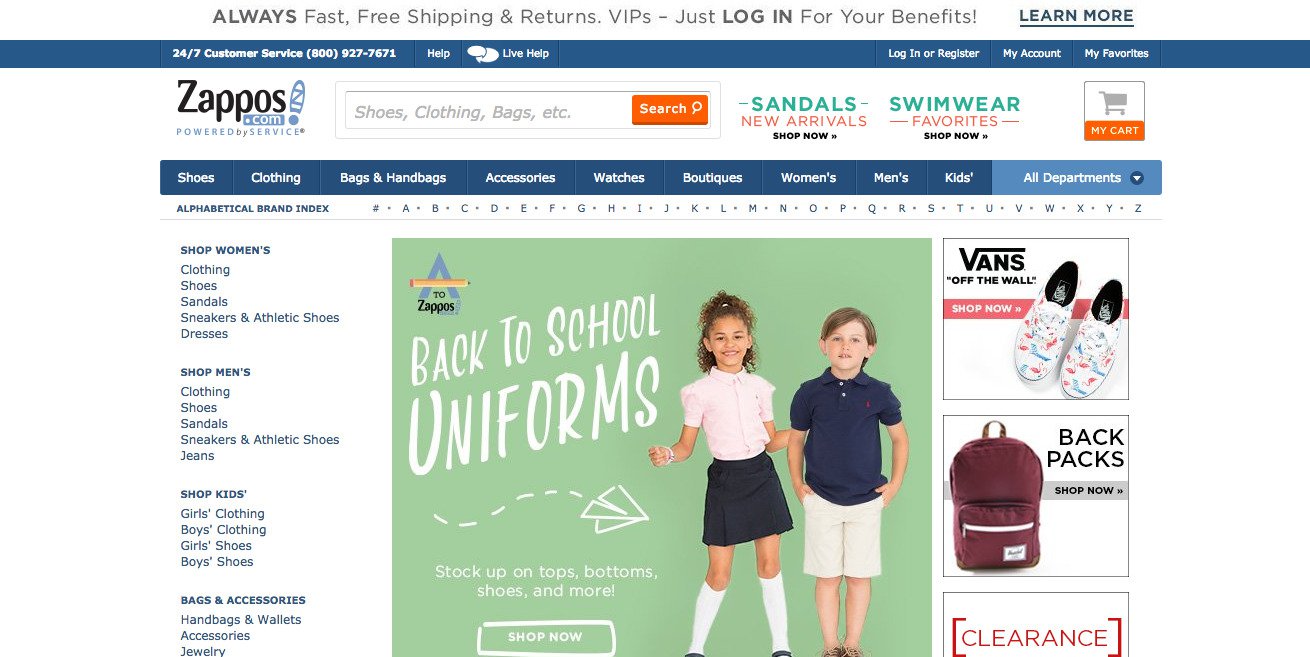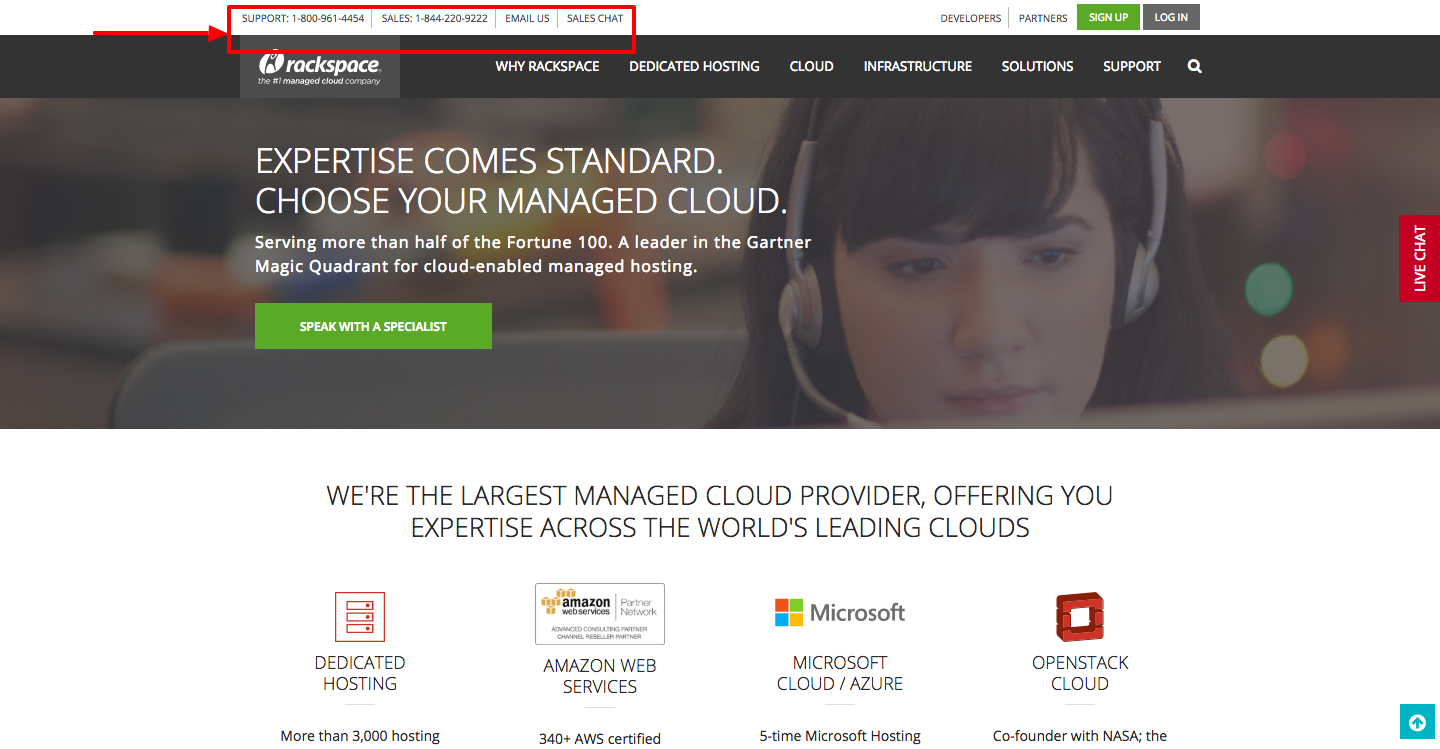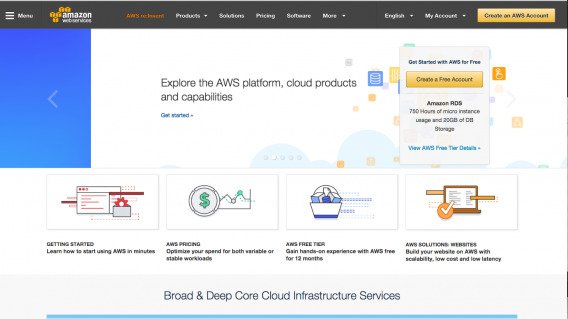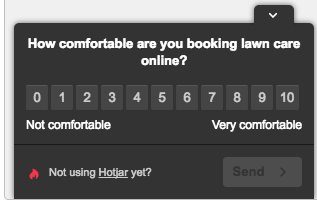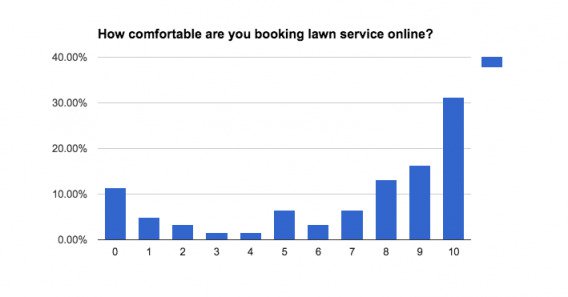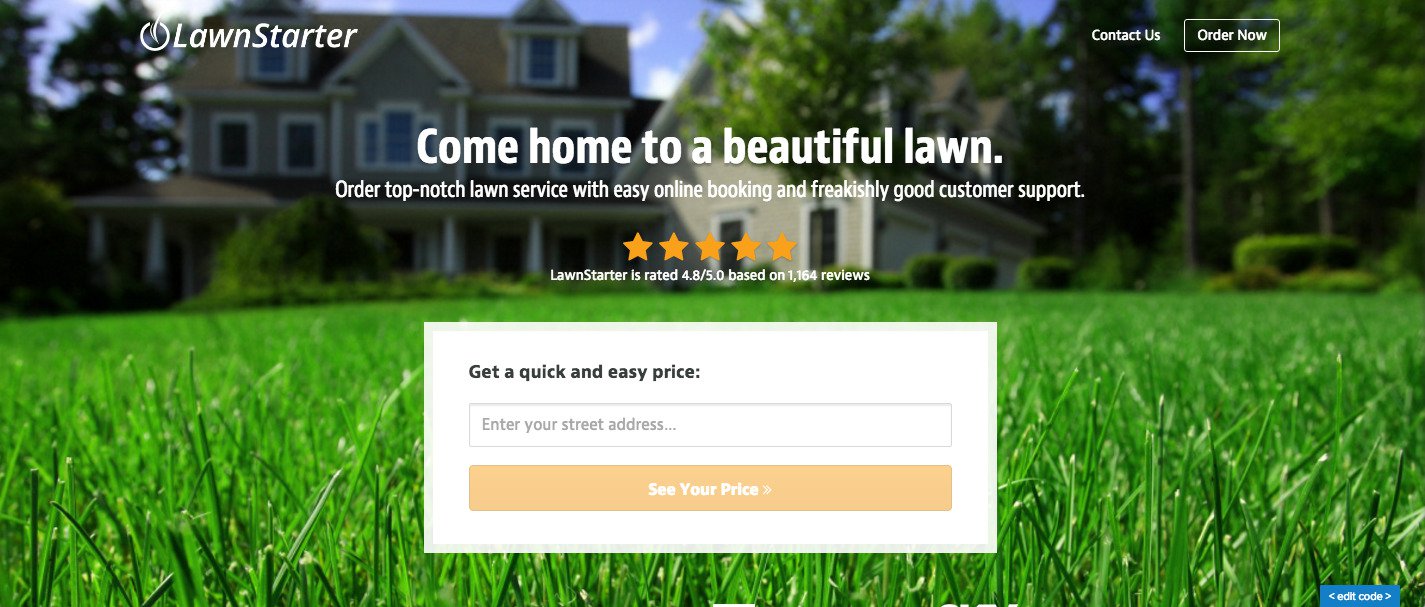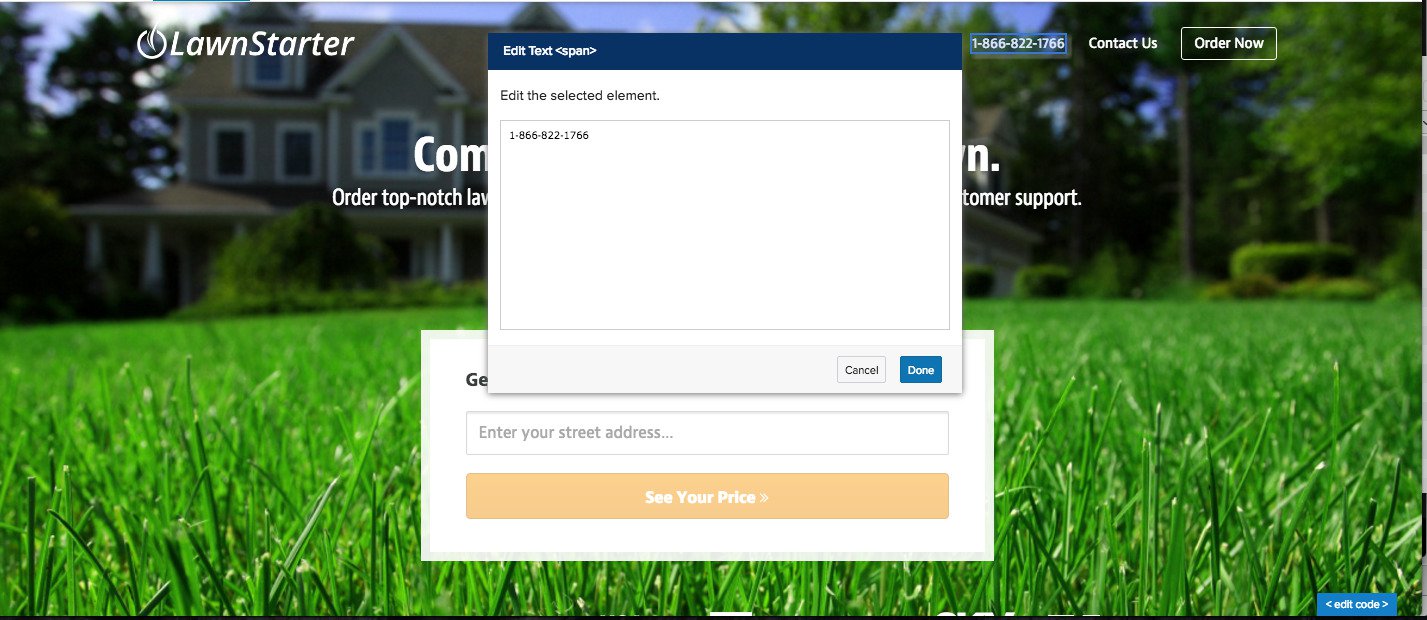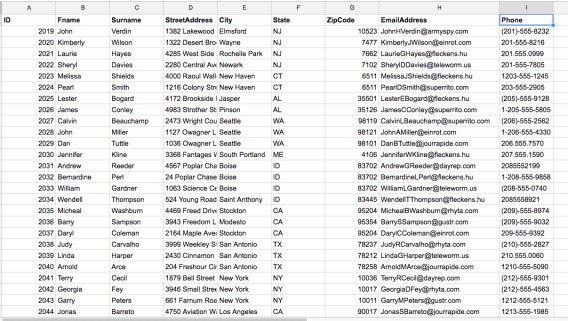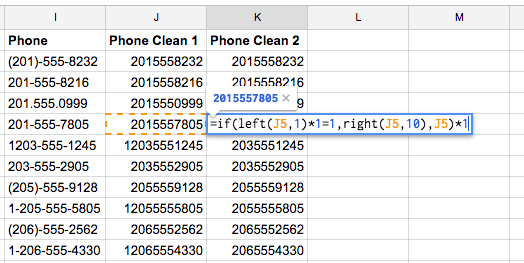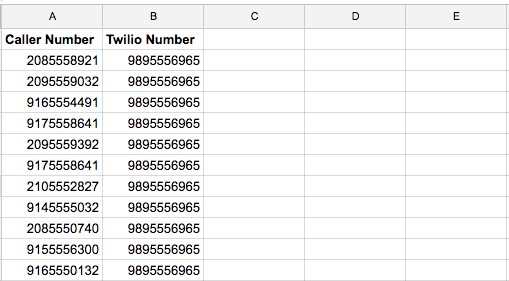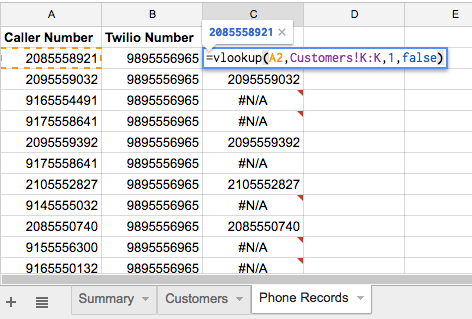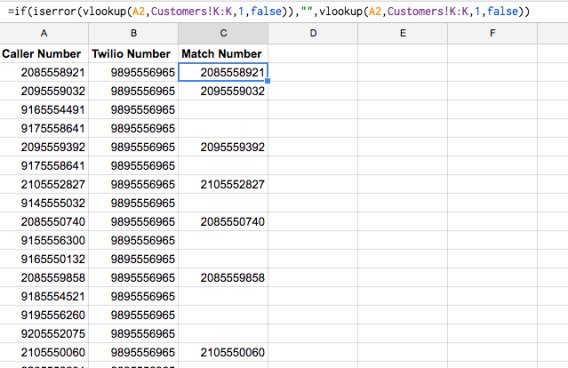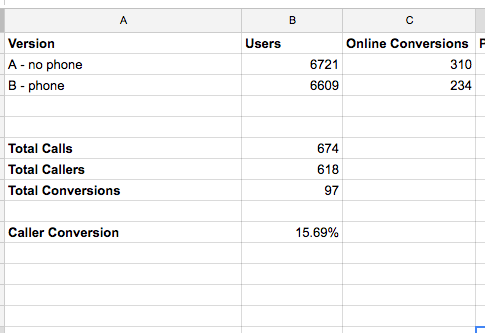A great deal has been written about whether in the internet age, your business should have a phone number on your website or not.
On one hand, having a phone number can increase the trustworthiness of your website, help sell potential customers who aren’t comfortable buying online, and allow customers to easily contact support.
The flip side? Phone support costs money.
Many anecdotes support both strategies, but we should be asking, “where’s the data?”
A Tale of Two Different Approaches
Zappos – a company that built its brand on customer service – drew a line in the sand by featuring its phone number on the top of their website, all the time.
Here’s what Zappos founder and CEO has to say about their stance on their phone number:

“On many websites the contact information is buried at least five links deep, because the company doesn’t really want to hear from you. And when you find it, it’s a form or an e-mail address.
We take the exact opposite approach.
We put our phone number (it’s 800-927-7671, in case you’d like to call) at the top of every single page of our website, because we actually want to talk to our customers. And we staff our call center 24/7.”
Rackspace is another example of a company that built its brand on customer service, or “fanatical support.”
In the post “A Letter to Our Customers Announcing Fanatical Support for Microsoft Azure,” the CEO of Rackspace states, “We will be here for you by phone or ticket, 24/7 — in just minutes. We won’t direct you to FAQs or message boards for help. We will support your team with Fanatical Support.”
Jeff Bezos, CEO and co-founder of Amazon, has a very different take: “The best customer service is if the customer doesn’t need to call you, doesn’t need to talk to you. It just works.”
And if it couldn’t be more apparent…
Rackspace (two phone numbers):
Amazon Web Services Web Page (no phone number in sight):
What does this show?
Not much. These are a handful of anecdotes which prove nothing other than that you can build a successful business with or without having a phone number featured on the page.
This post is about how you can use testing and data to determine if having a phone number is right for you and your business.
How to Use Testing and Data to Decide Whether to Use a Phone Number
Here’s the exact method we used to decide whether or not putting a phone number on our site was effective and efficient.
Step 0 – Gather Qualitative Data
At my company, LawnStarter, we allow people to easily book lawn service online.
Both my co-founder and I were inspired early on by Zappos, so we always featured a phone number on the page.
But as we got better at CRO, built up our A/B testing cadence and saw more conversion online, we asked ourselves if we should still include our number on the page.
We follow the ConversionXL process, so we ran the following poll.
The results:
Booking lawn care online is fairly new in the grand scheme of things, so it was a pleasant suprise that a majority of responders seemed somewhat comfortable booking lawn care online.
Plus, we could probably use some of the tactics described in the article “What Do You Do When Your Customers Are Afraid To Shop Online?” to combat this.
But with a strong 10% clearly terrified of the prospect of booking lawn care online, it’s very clear that we should at least test having a phone number on the page.
Running the initial test
Conceptually, it’s quite simple to figure out. You run an A/B test with version A featuring no phone and version B having the phone prominently displayed.
The tricky part is attribution. While I strongly recommend connecting all your company’s data together in once place, there’s no need to invest in an elaborate call tracking setup before you even know if having a phone on your site is worthwhile.
This method will use a forwarding number and a little bit of excel work to do the test.
Step 1 -Set Up a Tracking Number
The first step is setting up a tracking number. Fortunately this is very easy with most VOIP systems.
Please note: you should use a tracking number specific to this experiment – not just your existing phone number. The reason being that phone numbers get scraped by Google and other directories. Phone calls made to your main number may not have originated on your landing page.
Make sure your phone records can be exported to a CSV. Talkdesk and most other VOIP providers allow for this.
For purposes of this tutorial, we’ll use Twilio. This video walks you through the steps of setting up a forwarding number.
Step 2 – Run Your Test
This part is pretty straightforward. Simply take your tracking number, and put it in the desired spot in your preferred A/B testing tool.
Version A – Leave phone blank (or remove it)
Version B – Insert your tracking number
Once you have this setup, go ahead and integrate the test with Google Analytics, Mixpanel, Segment, or however you’re used to tracking conversions.
Now your test is ready to be run.
Step 3 – Link Your Inbound Calls With Customer Signups
Once you’ve run the test long enough, it’s time to look at the results…
1 – Export your online conversion data from whichever tool you use, put into one tab like this.
2 – Download your customer account data into a CSV
In the previous step, we made sure we were capturing our customers’ phone numbers. Download these from your database, and put them in their own tab.
3 – Clean your phone numbers
If your phone numbers look like this – perfectly formatted – then good on you.
In many cases, the phone numbers look like they do in the formula above.
Not to worry, first, you’ll just have to remove spaces and erroneous characters with the following statement:
=SUBSTITUTE(SUBSTITUTE(SUBSTITUTE(SUBSTITUTE(SUBSTITUTE(I2,”(“,””),”)”,””),”-“,””),” “,””),”.”,””)
And if you have 1s preceding your number, you’ll need to take it a step further using a statement like this:
=if(left(J2,1)*1=1,right(J2,10),J2)*1
(Note: I like to always multiply string operations on numbers by 1 to keep the data formatted as a number rather than a string.)
4 – Download your call data, put into a google doc
Fortunately, Twilio keeps call data clean, so you shouldn’t have to do too much formatting.
Simply import the incoming calls associated with your tracking number, and paste them into a third tab in your spreadsheet.
5 – Use a vlookup to get your call conversions
Now we’re going to use the trusty ole VLOOKUP function to get call conversions.
For those unfamiliar, here’s what Microsoft has to say about a VLOOKUP:
Use VLOOKUP, one of the lookup and reference functions, when you need to find things in a table or a range by row. For example, look up a price of an automotive part by the part number.
=VLOOKUP(Value you want to look up, range where you want to lookup the value, the column number in the range containing the return value, Exact Match or Approximate Match – indicated as 0/FALSE or 1/TRUE).
We’re going to use VLOOKUP to check whether the incoming caller number is also found in our customers list.
See all those cells with phone numbers in column C? Those are customers. The error cells, indicate incoming calls that did not result in conversions.
Let’s make it a little cleaner using an an IF() and ISERROR() statement.
Much cleaner.
Now let’s go ahead and get a few data points out of here. We want:
- Total Number of Calls: Number of incoming calls we received
- Total Number of Callers: Number of distinct/unique incoming numbers that called us
- Caller Conversion Rate: Converted Customers / Total Number of Callers
You can see the formulas here:
We’ll go ahead and cut and paste these formulas into the ‘Summary’ tab.
Step 4 – Combine and Check Your Results
Now, modify your original summary tab as follows to combine the results and compare conversion rates:
In this fictitious example, we saw a significantly lower online conversion (having the phone number), but a higher overall conversion.
But the test isn’t yet finished.
Step 5 – Account for Revenue
Phone sales aren’t free – you need to pay a human to make the sale, and you can’t exclude this in your analysis.
In order to get a general sense of how much of a true win this test was, we’re going to incorporate a few more data points:
- Lifetime Value of a Customer (LTV) – for our purposes, this is net of all marketing & support costs
- Number of sales reps required
- Monthly cost per rep – their salary
- Test period – for simplicity, we’ll assume it’s one month
The calculations we did are as follows:
- Unadjusted total LTV = LTV per customer * total conversions
- Sale cost = sales reps * monthly cost per rep * test period
- Adjusted total LTV = unadjusted total LTV – sale cost
As you can see in the spreadsheet, we got a 9% increase in conversion, while we only got 2% increase in total LTV.
Next Steps – It’s Not Just a Conversion Rate Problem
If we were making a simple tweak to the UI, it wouldn’t be a complicated decision to execute. However, phone support requires people, time, resources, and costs. Here are some next steps to help you hone in on a data-driven decision.
Sensitivity Analysis
You could do a significance test on revenue and call it quits.
But that isn’t the point. The point of testing phone vs no phone is to get a general sense of whether having a phone can be a large enough opportunity to account for the overhead involved.
Sensitivity analyses can help evaluate the real opportunity.
Investopedia defines sensitivity analysis as “A sensitivity analysis is a technique used to determine how different values of an independent variable will impact a particular dependent variable under a given set of assumptions.”
Here are some of the “what if” scenarios you’ll want to evaluate:
- Increase in phone conversion: Your phone conversion probably wasn’t optimal for the first go around – what does total LTV look like if you can increase it?
- Decrease in rep cost: What does it look like if you decide to have your sales reps overseas at a fraction of the cost?
- Hiding the phone number: Suppose you hide the phone number at the bottom of the page, hoping to maintain your online conversion, but allow those super-luddites to still all in.
Device Testing
Many businesses report significantly lower conversion on mobile.
A popular solution is click to call, and you might want to test that. This would involve using a bit of javascript to include a different tracking number on mobile than desktop.
The result could be that you only include a phone number on mobile, but none on desktop.
True cost of human sales
You’re probably thinking, “Ryan, you made some pretty simple assumptions there with that analysis.”
And you’re right. Hiring a sales rep costs time and money.
There’s turnover. You need to train them. While a rep might manage about 30 calls a day on average, you’ll probably need to add more reps during busy times. As the team grows, you’ll need to conduct call reviews and eventually bring in management. Growing a sales team while keeping, and even boosting, your conversion rate is challenging.
You’ll have to account for this in your financial plan, but that’s another post.
Accounting for increased support costs
If you currently don’t offer phone support, and suddenly put a phone number on your site, you’re going to get phone calls. You have two options:
- Start offering phone support – this changes your business model and associated costs
- Tell these customers you can’t help them – this creates a bad experience
If you currently have phone support and remove the number, you’ll want to make sure your customers can still get their problems solved.
Testing infrastructure
The method I presented is quick, dirty, and requires no overhead.
But should you decide that having a phone number is right for your business, it will inevitably be part of every A/B test you do going forward. You’ll want to make sure you create the systems to track on an ongoing basis.
For more info on this, check out the following resources:
- Google Analytics Phone Tracking Partners
- Kissmetrics Call Tracking Integrations
- Integrating Call Tracking with Convert.com
Personally, I hate being slave to the limitations of out-of-the-box analytics tools. So at LawnStarter, we simply set up a MySQL table that contains all of our tracking numbers. We put all of our internal data as well as data from 3rd party tools into one Redshift database, then join it up and visualize in Tableau.
Your core brand identity
Finally, you have to think about the type of brand you want to build. Do you want to be Zappos, Amazon, or something in-between? The phone number goes a long way to making this determination.
Conclusion
A phone number on a website can be a game changing opportunity, a huge cost center, or simply inconsequential. And with most things in digital marketing, you can’t rely on other companies’ case studies or “best practices”; you have to test it yourself.
Have you used data to make the phone – no phone decision for your business? Share your experience in the comments below!
Read more:
